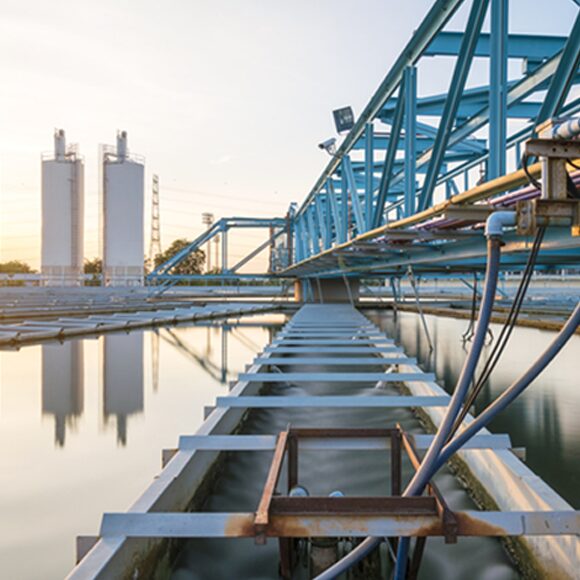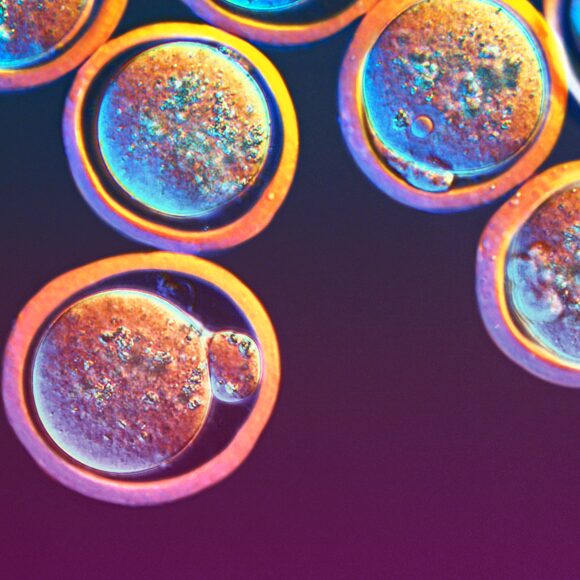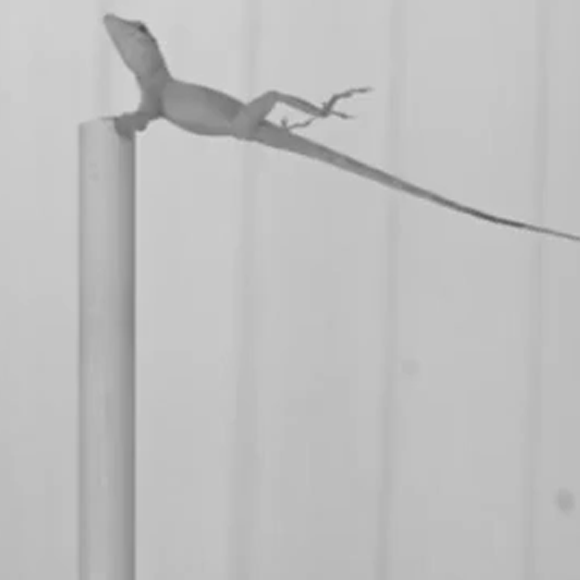Water purification
Water is vital for life, but must be cleaned in order to be consumed safely. Today it is not always possible to drink water straight from the reservoir. It should be treated to become potable. The next video shows the purification process of drinking water.

Which of the following are not removed by mesh screens?
Large stones.
Well Done! Partial Correct Answer Correct Answer Incorrect Answer
Pieces of wood.
Well Done! Partial Correct Answer Correct Answer Incorrect Answer
Water weeds.
Well Done! Partial Correct Answer Correct Answer Incorrect Answer
Tiny particulates.
Well Done! Partial Correct Answer Correct Answer Incorrect Answer
Air is added into the water to get rid of odors and separate ions of metal. How does the air get into the water? Select all correct answers:
The water is cascaded down a tower so that air enters.
Well Done! Partial Correct Answer Correct Answer Incorrect Answer
All of the above.
Well Done! Partial Correct Answer Correct Answer Incorrect Answer
The water is sprayed to expose it to the air.
Well Done! Partial Correct Answer Correct Answer Incorrect Answer
Well Done! Partial Correct Answer Correct Answer Incorrect Answer
A “sludge blanket” contains floc that has been collected and removed from the water. What is this “floc” made of? Select the correct answer:
Pieces of wood and large stones.
Well Done! Partial Correct Answer Correct Answer Incorrect Answer
Fine pieces of matter and a coagulant.
Well Done! Partial Correct Answer Correct Answer Incorrect Answer
Activated carbon and organic materials.
Well Done! Partial Correct Answer Correct Answer Incorrect Answer
Sand and seaweed.
Well Done! Partial Correct Answer Correct Answer Incorrect Answer
What are the main substances filtered out by activated carbon treatment? Select the correct answer:
Stones
Well Done! Partial Correct Answer Correct Answer Incorrect Answer
Organic materials
Well Done! Partial Correct Answer Correct Answer Incorrect Answer
Weeds
Well Done! Partial Correct Answer Correct Answer Incorrect Answer
Metals and salts
Well Done! Partial Correct Answer Correct Answer Incorrect Answer
Select the correct answer: After filtration, a small amount of chlorine is added to the water in order to:
Balance the acidity and alkalinity of the water.
Well Done! Partial Correct Answer Correct Answer Incorrect Answer
Remove small particles.
Well Done! Partial Correct Answer Correct Answer Incorrect Answer
Disinfect the water of bacteria.
Well Done! Partial Correct Answer Correct Answer Incorrect Answer
Remove organic materials.
Well Done! Partial Correct Answer Correct Answer Incorrect Answer
Select the correct answer: In the final stage, an acid or a base is added to the water so that:
Well Done! Partial Correct Answer Correct Answer Incorrect Answer
To prevent pipe corrosion, which can occur if the water is too acid.
Well Done! Partial Correct Answer Correct Answer Incorrect Answer
All of the above
Well Done! Partial Correct Answer Correct Answer Incorrect Answer
To prevent the formation of limescale in the pipes if the pH is too alkaline.
Well Done! Partial Correct Answer Correct Answer Incorrect Answer
Water Purification - An interactive video
Play VideoActivity Overview
In this video, students will learn about the various stages of the treatment of potable water from storage reservoirs. At each stage of the process, a vertical section shows the water contents – the type and size of the particles, and how they are separated from the water. The video illustrates a daily life application of the mixture separation process. The questions address the purpose of water purification and the particles separated at each stage of the process. Estimated time for the activity: 5-6 minutes
Separation process, water solubility
Knowledge building



